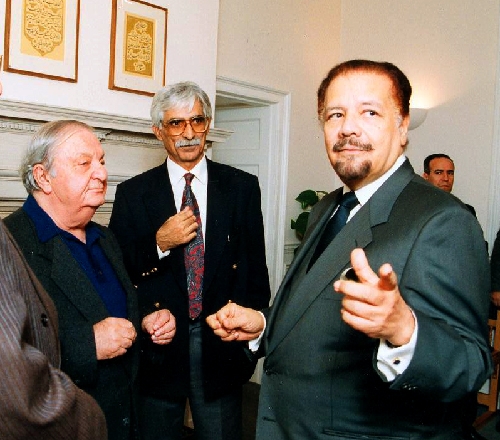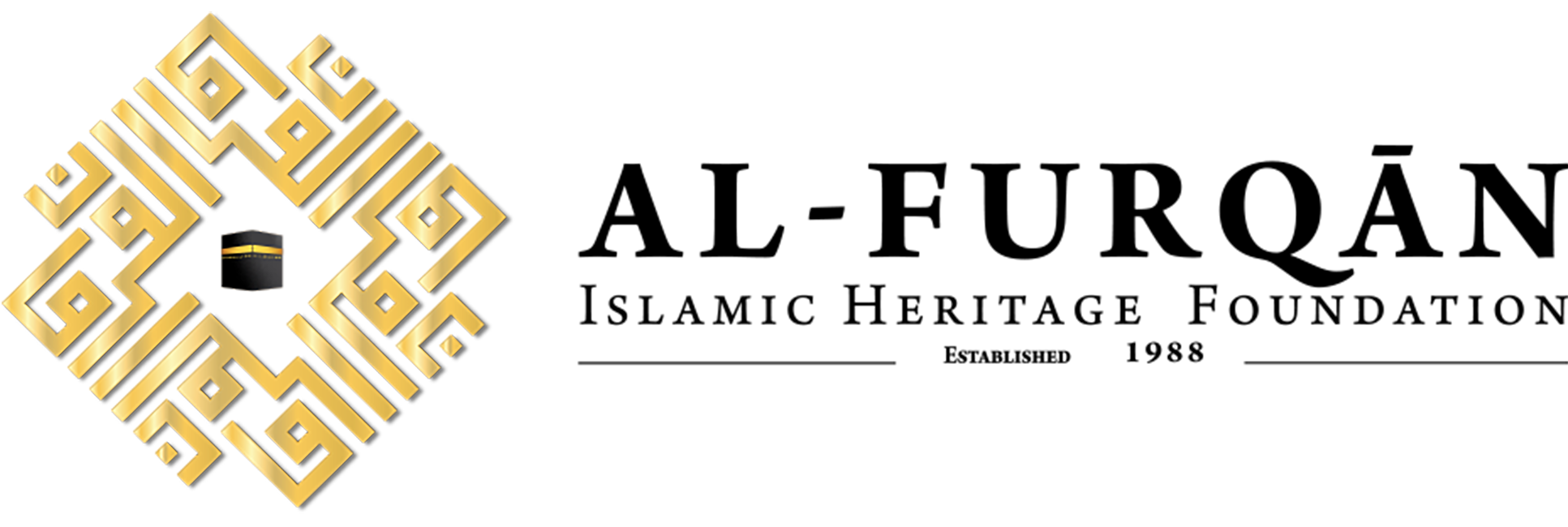Since the Qur’an was first revealed in Arabic, the Word has been carefully preserved and the art of Arabic calligraphy held in esteem by all Muslims. Throughout 14 centuries, the Arabic character has been the sphere of continuous innovation and originality. A multitude of calligraphers has been inspired by it to seek new horizons of artistic expression, giving rise to a variety of forms and schools.
From an early time, calligraphy became the most popular of Islamic arts, connected to all the variations of the Islamic cultural heritage. We find calligraphic inscriptions everywhere: on soft and hard materials, in manuscripts and on architectural edifices, on wood, metals, glass, ivory, bones and leather; and we find in them a variety of styles: written, carved and engraved. All these forms embody calligraphy as the highest amongst the arts of the Faith.

Across the centuries, an elite group of calligraphers has appeared whose masterpieces have contributed to the immortalisation of the arts of their time.
Today, this tradition is represented by the very talented Rasheed Butt. After his early beginnings in his native Pakistan, Butt’s works have been received with appreciation and been awarded prestigious prizes not only in his own country.
Believing in the position of Arabic calligraphy as the lynch-pin of the Islamic heritage, Al-Furqan staged an exhibition of the works of Rasheed Butt. The exhibition was opened by Al-Furqan’s Chairman, H.E. Sheikh Ahmed Zaki Yamani, and attended by Mr Butt and his daughter, Saira, who executes all the detailed illuminations in her father’s work.
Father and daughter also conducted workshops for local school-children and students of art. These were extremely well received and students enjoyed drawing, tracing and colouring in the Butt style.

The works of Rasheed Butt connect with the best of the Iranian schools of calligraphy, especially the Timurid School. One also finds in them the gentleness of the Turkish calligraphers and a strong link to the early Arab heritage: from Kufic calligraphy to the works of Ibn Muqlah, Ibn al-Bawwab, and Ibn al-Tawhidi. Rasheed Butt also mixes Chinese elements in his works, composing the perspective of his tableaux with ornamental and calligraphic components.
Rasheed Butt is distinguished by his ability to invent, generate and revive, by the originality in his distribution of space and his use of natural materials, and by his graduated use of ink colours — from the pale to the shining bright. He uses Kufic calligraphy for his Qur’anic inscriptions, referring back to the Kufic calligraphers of the Book in the first three centuries of Islam. He combines oriental writing traditions with the distinctive stamp of his own personality and the balance of his innovative energy shows in his use of the different types of calligraphy: Kufi, Naskh, Thuluth, Ta’liq, etc.
The Exhibition took place on the 21st of November 1995, at Al-Furqan Islamic Heritage Foundation's headquarters in Wimbledon, London, and was curated by Ms Salama Khaja.

